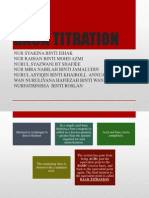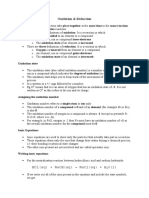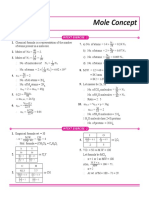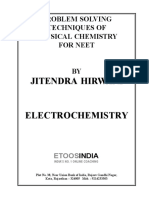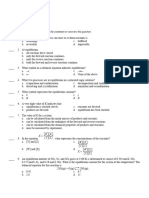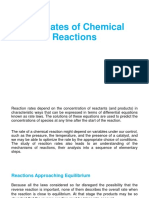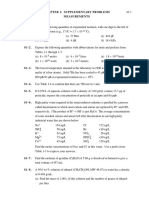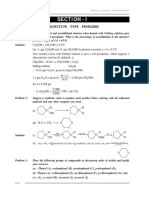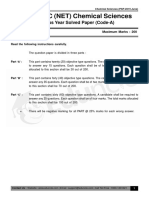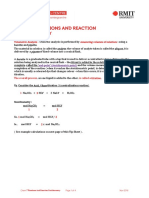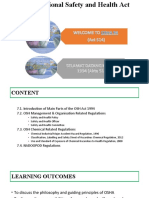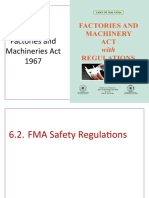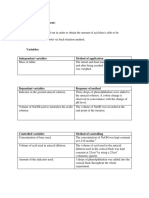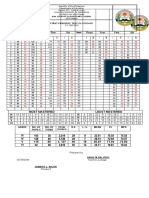0% found this document useful (0 votes)
381 views15 pagesBack Titration
The document discusses volumetric (back titration) analysis. It defines back titration as a titration method where the concentration of an analyte is determined by reacting it with a known excess of reagent, and then titrating the remaining excess reagent. It provides examples of back titration calculations to determine the percentage of magnesium carbonate in a sample and the weight of ethyl acetate in a solution.
Uploaded by
Anis NasuhaCopyright
© © All Rights Reserved
We take content rights seriously. If you suspect this is your content, claim it here.
Available Formats
Download as PDF, TXT or read online on Scribd
0% found this document useful (0 votes)
381 views15 pagesBack Titration
The document discusses volumetric (back titration) analysis. It defines back titration as a titration method where the concentration of an analyte is determined by reacting it with a known excess of reagent, and then titrating the remaining excess reagent. It provides examples of back titration calculations to determine the percentage of magnesium carbonate in a sample and the weight of ethyl acetate in a solution.
Uploaded by
Anis NasuhaCopyright
© © All Rights Reserved
We take content rights seriously. If you suspect this is your content, claim it here.
Available Formats
Download as PDF, TXT or read online on Scribd
/ 15
